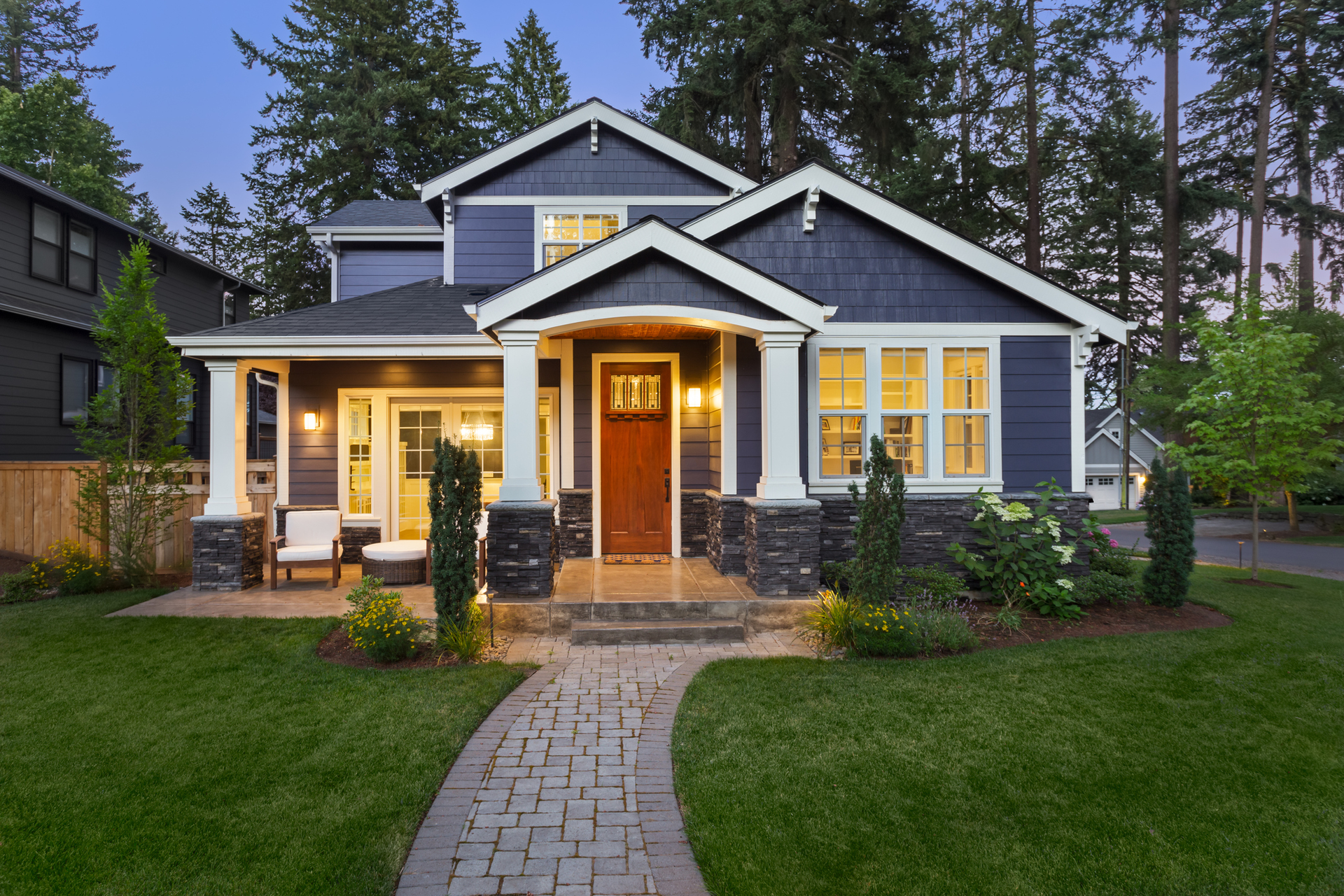The most difficult part of looking for a home — apart from paying for it — is going to look at it. There’s no getting around the often cumbersome process of going with a real estate agent to look at several homes. It can be tricky to get time off work to go look at homes, and if the weather is bad or if you’re sick, the incentive to go on a journey can dramatically decrease. Zillow and other real estate sites may have high-quality pictures and 3D images, but it is nowhere near the same as getting the feel of a house. A number of houses can meet your criteria, but does it meet your abstract desire to be your next home?
Zillow is creating an immersive experience for homebuyers by incorporating VR into their platform: now instead of going to see the house (or in addition to seeing the house), you can take a tour without having to leave your home. This technology isn’t available just for Zillow. It’s also incorporated with Trulia, another online real estate vendor. It’s fairly simple and intuitive to use: on the right hand side of the screen there are the featured rooms, and on the main screen you simply point your cursor where you would like to go in the home.
Zillow is hardly a pioneer in this regard. Real-estate companies are jumping eagerly into the virtual reality space, and with good reason: 41 percent of millennial homebuyers, and one third of all home buyers of any age make an offer on a home without seeing it in person. That means if they like what they see on a screen, they’re likelier to buy. All this puts pressure on real estate companies to deliver the best possible experience before the transaction takes place, but other companies are doing quite well. Some companies are even taking it a step further, making their entire office experience entirely online. At virtual real estate firm eXp Realty, you can visit their offices and have meetings just like you would in person, but it’s all done through online avatars of yourself and others.
Merely looking at a picture isn’t cutting it for consumers anymore. They want to be immersed in the experience of their potential home before making an offer. If you can look at a house without leaving the comfort of your home, and share it with others with the click of a mouse to help you make your decision, all without putting on your shoes, then that experience–highlighting ease, comfort, and convenience–will more than likely outwiegh the charisma of a real estate agent, or even the faults of a house. VR is expanding quickly, perhaps in part because of this. It is expected to be a whopping $108 billion industry by 2021.
The vast majority of homes bought and sold are under $1 million dollars, so most homebuyers are not going to necessarily get the VIP buying experience sometimes depicted on high-flying real estate reality shows. Zillow’s VR app is a relatively inexpensive way to elevate the home purchasing experience and make the potential homebuyer feel like a VIP. No one likes to feel that they are a second-rate buyer, scrolling through blurry thumbnail photos. With the app, a realtor can take about 10 to 15 minutes for a 3,000 square foot house, without requiring the expensive equipment.
VR is a technology that is more invitational, taking the consumer by the hand and leading them into an experience before they make a purchase. Usually it has been the other way around: the consumer pays for the experience upfront, or they wait to get it after the purchase is complete. But by allowing them to partially experience a product, a consumer’s imagination is engaged, pushing them further down the sales funnel instead of tiptoeing along the top of the funnel, uncertain of what they want to buy. Immersive experiences are becoming an increasingly integral part of experiential and consumer marketing, allowing customers to intimately acquaint themselves with a product, allowing themselves to answer the age-old question, “I don’t know, but is it really me?”








